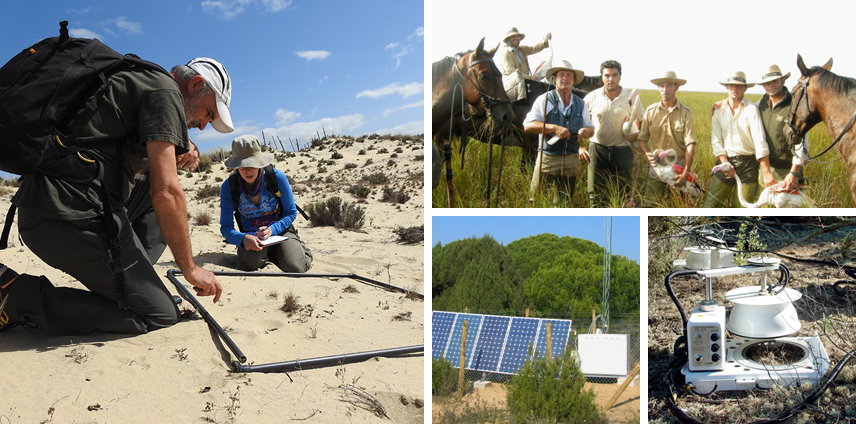La Reserva Biológica
Aunque en la actualidad la Estación Biológica de Doñana realiza sus investigaciones en muchas otras partes de España y del mundo, mantenemos una estrecha relación con el espacio natural. Sigue siendo lugar de trabajo y caso de estudio de muchas de las investigaciones y proyectos en los que trabajamos. Cuenta con una residencia para investigadores y un laboratorio de campo a disposición de toda la comunidad científica.
La Reserva Biológica de Doñana se encuentra dentro de los límites del Parque Nacional de Doñana y posee el nivel más alto de protección entre las distintas áreas que comprende Doñana. Está dedicada exclusivamente a la conservación de la vida silvestre y a la actividad científica.
Con una superficie de 6.794 hectáreas, la Reserva Biológica de Doñana se constituyó en 2006 como Infraestructura Científico Técnico Singular (ICTS), lo que la dota de moderno equipamiento científico para hacer un seguimiento de los procesos naturales que tienen lugar en Doñana y crear una excepcional base de datos con múltiples usos para la investigación.






